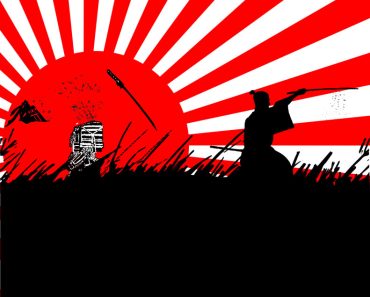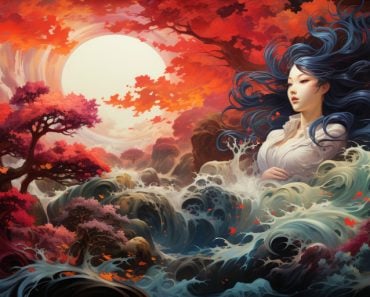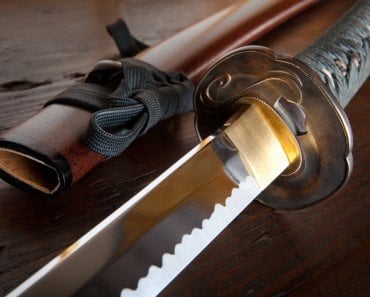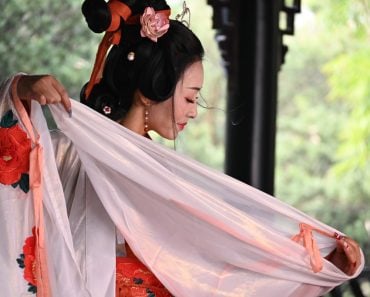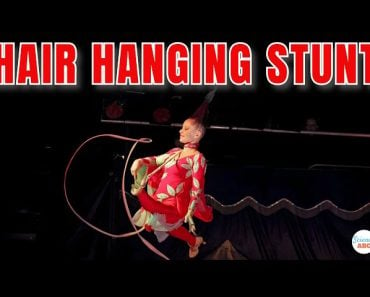Table of Contents (click to expand)
The ojigi traces its origins to religious and warrior customs and has evolved various types, reflecting different levels of nuance and etiquette.
In the varied interactions of global greetings, while some people shake hands, others hug, and a few exchange cheek-kisses, Japanese citizens elegantly bend forward, weaving centuries of culture into a simple bow. However, before you dismiss this gesture as a mere bend at the waist, you must understand that there is more than meets the eye when you witness the practice of ojigi… this simple gesture is not as easy as you might assume.
Echoes From The Past: The Origins Of Ojigi
Bowing in Japan, or ojigi, is a profound and emblematic cultural tradition that encapsulates respect, humility, and acknowledgment. This nuanced gesture, prevalent in Japanese society, has a deeply rooted history in religious and warrior class customs.

Bowing in Japan has been intrinsically linked to Buddhism, which only arrived in the island nation between the 5th and 8th centuries. The highest form of a bow is reserved for gods and buddhas.
With Buddhism came the custom of bowing as a gesture of piety and respect. In religious contexts, devotees would bow to Buddha statues as a sign of deep devotion, while disciples would show their admiration by bowing to their masters. These religious practices have ensured that the ojigi remains relevant in Japan over the centuries.
It has been an observable custom since at least the 10th century in the Yayoi Era. By the Kamakura period, the warrior class, known as samurais, began to prominently influence societal norms. Samurai values, infused with Zen Buddhism teachings, contributed to a disciplined and regimented form of etiquette. Ojigi, as a part of this etiquette, became a more structured and practiced custom within the warrior class.
Recommended Video for you:
Handbooks Of Etiquette: The Muromachi Manuals
During the subsequent Muromachi period, the complexities of samurai etiquette found their way into written manuals. Prestigious schools like Ise and Ogasawara meticulously detailed the various aspects of proper behavior, including the intricacies of bowing.
These codified norms for ojigi had variations tailored for diverse scenarios, ranging from temple visits to formal indoor meetings. However, the rise of the chaotic Sengoku Era temporarily halted these intricate customs. As Japan grappled with internal strife, ideas of structured etiquette took a backseat.

The calm of the Edo period provided a much-needed respite and rejuvenation for these delicate customs. With the era’s peace and prosperity, the samurai class, perched atop the societal hierarchy, became cultural trendsetters. Their etiquette, especially ojigi, permeated all societal layers. The period’s urban expansion and artistic proliferation, combined with the rising prominence of tea ceremonies, further championed etiquette norms.
The Spectrum Of Bows: Variations And Nuances
Japanese bowing isn’t monolithic; it consists of different styles based on various situations and intent:
- Eshaku: This casual 15° bow is a common greeting among equals. It’s succinct, but not rushed, like a wave to greet someone with whom you are starting a conversation.
- Senrei: Performed in a seated posture, this 30° bow is apt for semi-formal settings.
- Keirei: A more formal gesture, this bow ranges between 30° to 45°, and is commonly reserved for individuals of higher status.
- Seikerei: The deepest and most profound bow, which can involve an almost 90° bend, this is an embodiment of sincere regret, deep reverence in religious contexts, or profound apologies.

While the physical act might seem straightforward, the underlying etiquette is intricate. To illustrate my point, here’s what you can infer from a bow:
– Combining handshakes with bows is not advisable;
– During a bow, it’s crucial to avert eye contact. In Japanese culture, direct eye contact while bowing can be seen as confrontational;
– The depth and duration of one’s bow should mirror the social dynamics at play. A deeper bow signifies more profound respect, particularly towards seniors or superiors.
Bows Around The World
Now, it’s vital to understand that the essence of bowing transcends its physicality. It’s a gesture that signifies the willingness to momentarily set aside one’s ego, showcasing a respect that places the other individual on a pedestal.
The act of bowing, especially in the Japanese context, is symbolic of acceptance, submission, and a recognition of the worth of the person receiving the bow.
While the act of bowing is universal, from subtle nods in European churches to touching an elder’s feet in India as a sign of respect, Japan’s bowing culture stands out for its continued prominence and deeply ingrained societal norms.
Each bend and each angle are not just about physical motion, but a reflection of one’s intent, understanding, and the depth of acknowledgment of the other’s position in the societal fabric.
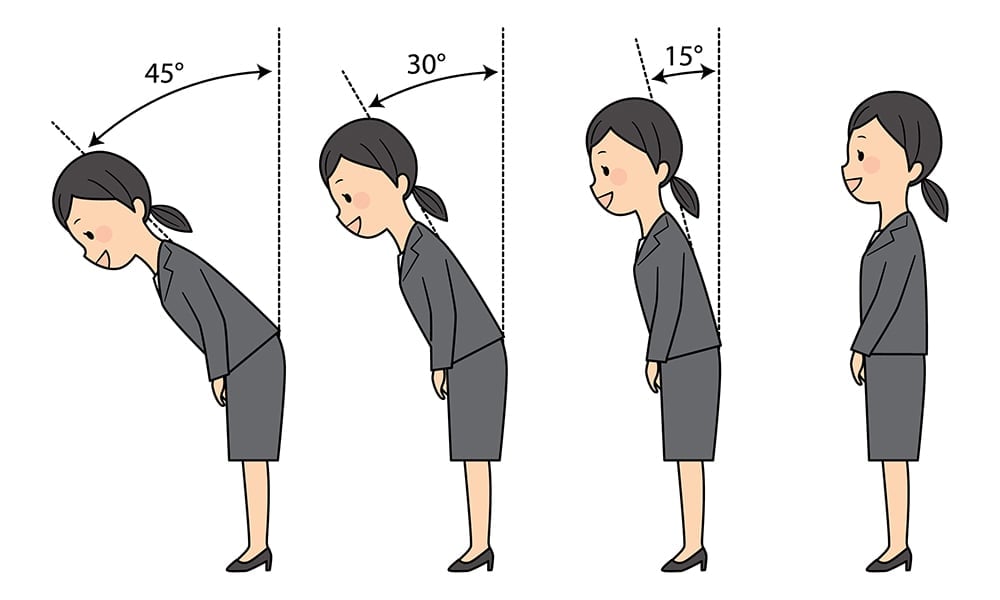
Conclusion
In contemporary times, while many cultural traditions around the globe are being diluted, Japan’s bowing culture remains resilient. From casual encounters on the street to formal business settings and visits to temples, it’s an omnipresent gesture that harmoniously blends tradition with contemporary life.
Ojigi is not merely a physical gesture, but a window into Japan’s rich cultural tapestry. It’s a testament to centuries of evolving societal norms, religious influences, and class dynamics. Each bow, with its varying degrees and contexts, narrates a tale of respect, acknowledgment, and humility.
Whether it’s the dramatic depth of a Dogeza bow or the subtle bend of a business greeting, Japan’s bowing tradition is a captivating blend of history, etiquette, and societal values. So, the next time you find yourself facing a situation where the ojigi is called for, remember, it’s not just a bend, but a tangible bridge to centuries of tradition.
References (click to expand)
- Amri, M. (2019). Ojigi: The Ethics of Japanese Community's Nonverbal Language. Proceedings of the Social Sciences, Humanities and Education Conference (SoSHEC 2019). Atlantis Press.
- Wuisang, J. R. R. (2020, October 19). The Implication of Traditional Value and Japanese Culture in Global Competition Era. Journal of International Conference Proceedings. AIBPM Publisher.
- https://www.academia.edu/download/67987406/36.pdf
- (http://web.ebscohost.com)..


